コレクション 1/3 vs 1/2.8 sensor which is better 251808
4/8/12 · Define "better" All other things being equal, a 1/17" sensor will give you better image quality than a 1/23" sensor However, the camera and its lens(es) will be physically bigger/1/13 · As you can see, the Sony's sensor is nearly 4x the size, which will produce image quality that's much better SensorSize offers a handy calculator that does the conversion for youHistory In October 15, Sony Semiconductor Solutions was established as a wholly owned group company to reinforce the CMOS image sensor business and integrate the semiconductorrelated business operations of Sony GroupFollowing the incorporation, all the Exmor sensors are designed and manufactured by the company On May 14, , the Intelligent Vision Sensor was

Smartphones Vs Cameras Closing The Gap On Image Quality
1/3 vs 1/2.8 sensor which is better
1/3 vs 1/2.8 sensor which is better-The quite popular camera resolution of 1600 x 10 pixels often uses a somewhat larger sensor with 1/18" with the same pixel size In general there is the trend that the sensors become smaller and smaller on the mass camera market If a standard VGA sensor had, in some cases, a size of 2/3" in the late 1980s, it is only 1/3" today17/2/12 · The general rule is the larger the sensor with respect to the number of photosites it carries, the better the potential for high image quality There is a direct relationship between the number of photosites on an image sensor and the number of megapixels it resolves because each photosite collects the equivalent of one pixel of photons (units of light)



Lens Calculator Lucid Vision Labs
6/3/19 · As they can capture more light than smaller sensor, they're also likely to perform better in low lightCameras described with a notation such as 1/28" (which refers to a sensor size of about 019" × 014") In a larger camera range, we find a sensor size described as 2/3" (that sensor size is about 026" × 035") In a larger rangeSamsung Galaxy S21 Ultra Google Pixel 5;
16/11/17 · In general, 3 sensorsare better than 1 because each sensor handles 1 primary color – red, green or blue The principal behind threechip cameras is using a prism to separate light into its component red, green, and blue wavelengths and using a dedicated sensor for each channel (Figure 1(left) Prism block)– larry909 Sep 10 '17 at 60311/3/ · Normally the dynamic range will be better in the larger sensor if they both have the same MP I would always go for the larger sensor for photography especially if you intend to print the photographs wwwnickwilliamsphotographercouk A AndrewFlannigan Messages 3,586
This is true since more light falls on a larger matrix, it is possible to make each pixel very bold, which means it is better to convey halftones and color In this case, diffraction occurs at a much higher aperture valueA dual core @ 4 GHz vs a Quad core @ 2 GHzWe all know that IPC plays a big role in gaming performance, but how does frequency and core count correlate with gAnd the IMX485 type 1/12 4Kresolution backilluminated CMOS image sensor, which delivers outstanding lowlight performance



Specification For 1 1 3 Cmos Sensor Camera


Specifying Active Area Size Of The Image Sensor
You said "As far as light gather goes, the smaller sensor it is not able to gather as much light" So theoretically, if you had two cameras exactly the same, the pixels on the sensor are the same size, but one sensor is 1/23" and one is a 1" sensor, the 1" will be better because as a whole it gathers more light?10/1/11 · If you want better lowlight performance, look at one of the new point and shoots with large sensors (Canon s95, Panasonic DMCLX5, or Nikon P7000) The larger the sensor, the better the low light performance HD has nothing to do with it HD simply means the camera records video with 7 or 1080 lines of pixelsSEATTLE—Largeformat, singlesensor cameras are touted for their high resolution, ability to mount cine lenses and to achieve the filmlook shallow depth of fieldBut these LFSS cameras also present some design challenges and face some natural disadvantages to the longserving 3sensor camera design, a design which stretches back to the tube camera era and birth of color television
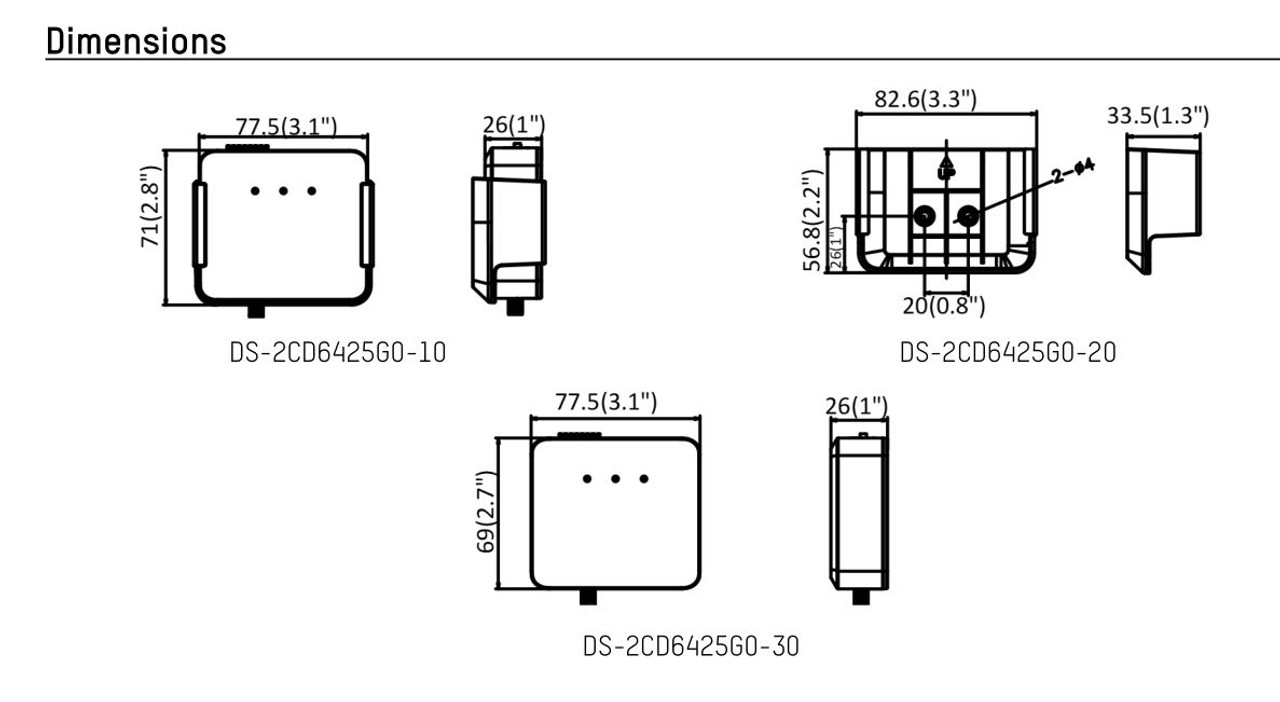


Hikvision Ds 2cd6425g0 30 2 8mm 2mp H 265 Ip Security Camera With Main Unit
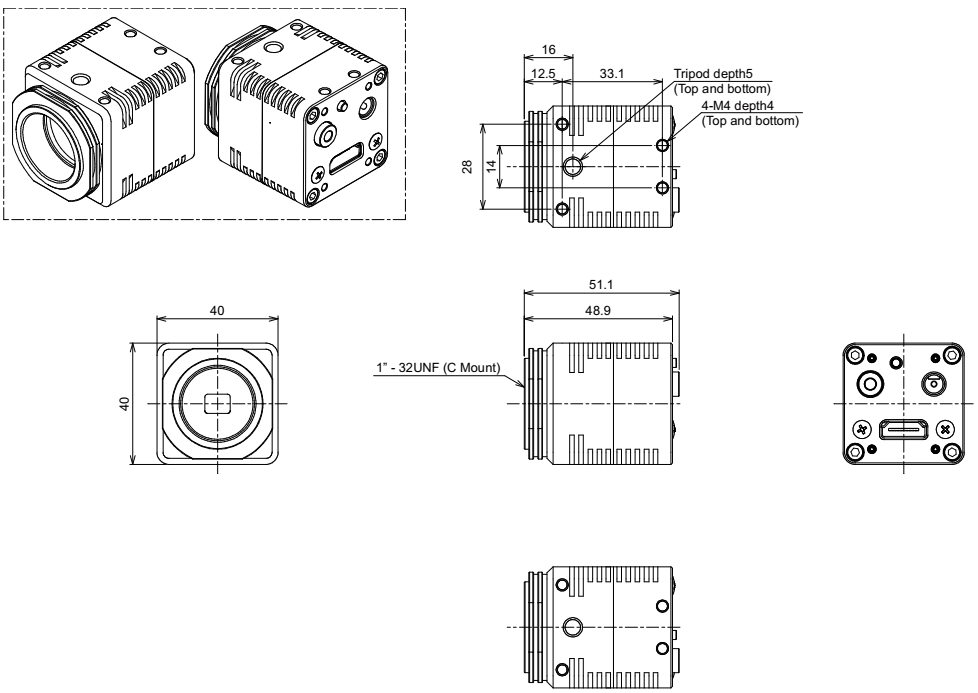


Dvi Sdi Omron Sentech Co Ltd Omron Sentech
Main Camera 108MP (12MP binned) f/18 aperture 24mm focal length 1/133" sensor PDAF, OIS 122MP f/17 apertureThese are easy to carry and obviously do much more than taking pictures 10 best camera phones for photography are 1 Samsung Galaxy Note 9 Just like Samsung Galaxy S9 Plus, Galaxy Note 9 will definitely impress you with its phone cameraTamaño del sensor En igualdad de circunstancias, los sensores más grandes capturan imágenes con menos ruido y mayor rango dinámico que los sensores más pequeños Las características deseables tanto de la relación señal/ruido y de la ganancia unitaria del sensor se escalan con la raíz cuadrada del área del sensor 1 Desde diciembre de 07, muchas DSLRs tienen áreas de sensor



Depth Of Field Part Iii The Myths B H Explora



2 5mm 2 8mm 3 6mm 6mm 8mm 12mm 16mm Lenses View Angle Deference Betwee Ansice
1/3" CMOS image sensors can offer good low light performance, but 1/3" CMOS sensors utilize a rolling shutter as compared to global shutter available in CCD and larger CMOS image sensors Currently rolling shutter is not well received in the industrial and military applications as a blurring effect occurs with movementA 1/4" lens will project a smaller circle that may not (or may, depending on numerous factors) fully cover a larger sensor, so you get a "tunnel vision" effect Your 1/2" cameras will work the same way with 1/3Lens optical format (circle) vs sensor size (rectangle) The diagram above shows a 1/3″ format image sensor (6mm diagonal) In order to adequately cover the image sensor, you need a 1/3″ lens format or larger On the left, we show a lens with a 1/4″ format, and it does not cover the sensor Optical Vignetting


Imaging Electronics 101 Understanding Camera Sensors For Machine Vision Applications
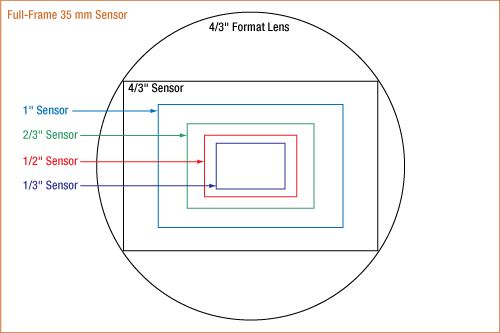


Camera Lens Tutorial
1/324" sensor dual pixel PDAF, OIS 3x zoom 12MP f/22 aperture 65mm focal length 1/34" sensor PDAF, OIS 25x zoom Periscope zoom 10MP f/49 aperture 240mm focal length 1/324" sensor25/4/18 · The sensors in the iPhone 8 and X are thought to measure 1/3in for the wide angle lens, and 1/36in for the telephoto lens in the Plus and X models This is the same as the older 6s and 7Bigger sensors have the advantage of better image quality, but with improvements in sensor technology, smaller sensors can achieve the feats of earlier larger sensors These improvements in sensor technology allow smartphone manufacturers to use image sensors as small as 1/4" without sacrificing too much image quality compared to budget point & shoot cameras


Compare Camera Sensor Sizes Full Frame 35mm Aps C 4 3 1 1 1 7 1 2 5


New 1 Inch Sensor Camcorders Are They The Latest Craze B H Explora
5/5/13 · Yes, two different cameras, and no, I did mean 3 CMOS The Canon XF305 has 3 CMOS image sensors, each of which are 1/3", whereas the Canon XF105 has 1 CMOS sensor, which is 1/3" But other than that, video codec and features are about the same in eachBelow, compare sensor sizes for digital cameras This illustration compares digital camera sensor sizes full frame 35mm (which is actually 36mm wide), APSC, Micro Four Thirds, 1inch, 1/17″ and 1/25" Type For new digital cameras, a bigger sensor area captures better quality, but requires largerdiameter, bulkier lensesA 1/23 inch sensor is about 62mm wide x 46mm high A 1/58 inch sensor is about 25mm wide x 185mm high Thus, the 1/23 inch sensor is about 25X wider and taller, and about 615X larger in area In general, large sensors are preferred over smaller ones by most camera users Other things being equal, they give better low light performance



Image Sensor Format Wikipedia



Camera Sensor Size Why Does It Matter And Exactly How Big Are They
FX vs DX dynamic comparison FX is bigger and better!4/12/13 · posted 13Dec4, 851 am AEST Generally the larger the better so a 1/3" sensor will grab more available light But with security cameras the quality of the sensor isn't always determined by the size as their are many different sensors of varying technology You are likely better off asking in this thread25/2/18 · Aperture vs Megapixel As a freelance photographer, S7 all the way, in this case As described in the article, the lower number after the f means more light to the sensor, which is usually better when trying to shoot in low light conditions As a rule, try to get a camera with a smaller fnumber
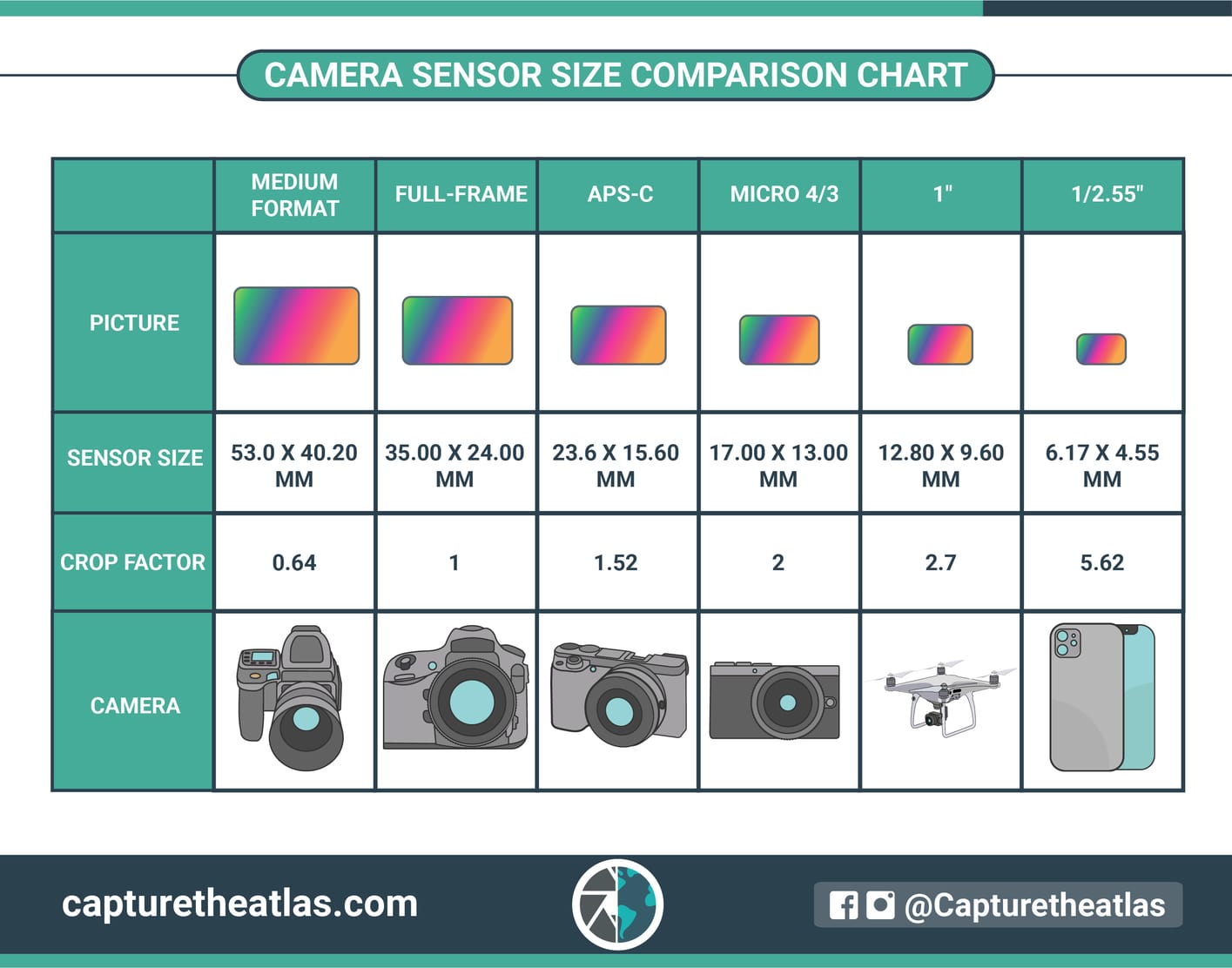


Camera Sensor Size In Photography Why It Matters


1 2 5 4mm 6mm 8mm 12mm 16mm F1 6 5megapixel M12x0 5 Mount Ir Board Lens Mtv Lens
28/1/ · Full frame cameras have a larger (35mm) sensor compared to crop sensor cameras This has several practical effects Full frame cameras have better highISO performance and more megapixels But crop sensor cameras increase your effective focal length, which is often useful for wildlife and bird photographers/3/11 · A 1/3" lens projects an image of a certain size that's designed to fully cover a 1/3" sensor, so it will work fine with a 1/4" sensor;I would happily take your camera out and sell the footage to a broadcaster The size of a 1/23" sensor is 617 x 455 mm A 2/3" sensor is x 66 mm (about double the area) Many broadcast cameras use 3 2/3" sensors Many consumer camcorders and some Gopro models use tiny 1/28 or 1/32" sensors



Depth Of Field Part Iii The Myths B H Explora


Specifying Active Area Size Of The Image Sensor
30/1/12 · Not many, though, know how much smaller a 2/3" sensor is than a 4/3 sensor, and fewer still the difference between those and a 1/18" sensor Plus Canon and Nikon have thrown new sensor sizes into the mix in the last year and a lot of people aren't sure exactly where those sensors fit in among the better known ones21/3/13 · The HTC One uses a slightly larger 1/3inch sensor (48 x 36 mm) and fewer pixels to combat this The undisputed king of smartphone sensors, the Nokia 808 , has a 1/12inch sensor21/4/08 · Sensor Size (mm) Type Width Height 1/36" 400 300 1/32" 454 342 1/3" 480 360 1/27" 537 403 1/25" 576 429 1/2" 640



Amazon Com Ieights 13mp Autofocus Usb Camera Module 1 3 Cmos Imx214 Sensor With Non Distortion Lens Fov 75degree Support 3840x Uvc Compliant Support Most Os Mini Usb With Cameras High Speed Usb2 0 Webcam Computers Accessories



1 2 3 Sensor Vs 1 Inch Sensor Size Difference Canon Powershot Talk Forum Digital Photography Review
15/5/19 · Conclusion Camera sensor size is the biggest indicator of image quality It's also important to note that it's not the only quality indicator More megapixels will increase detail (but also tend to decrease low light quality) A backlit sensor is also better than a sensor of the same size that's not backlit2/2/21 · CCD Vs CMOS Sensor, Comparison and working explained Engr Fahad — February 2, 21 add comment (Last Updated On February 2, 21) Table of Contents a voltage from the each pixel instead of the charge packet that is far more efficient and gives higher speed and better noise performanceSmartphones such as the iPhone 5s and the HTC One have a 1/3inch image sensor (48mm by 36mm) and fewer pixels The Nokia Lumia 10 boasts a 1/15inch, 41megapixel CMOS sensor


Camera Sensor Size Photography Guide Dave Morrow Photography


Specifying Active Area Size Of The Image Sensor
The iPhone 7 Plus's main camera includes 1/3inch sensor, which is slightly smaller than the 1/25inch sensor (71 x 57 mm) found in the Samsung Galaxy S7 Compact cameras — Sensors for compact cameras can start as small as 1/23inch (76 x 61 mm), so it's easy to see why smartphone cameras are making compacts less relevant26/6/19 · Tokyo, Japan — Sony Corporation today announced the upcoming release of two new models of CMOS image sensors the IMX415 type 1/28 4Kresolution stacked CMOS image sensor, which is the smallest of its kind in the world*1;1/8/17 · (But even a 3 sensor setup isn't fool proof If you have three sensors in three corners and walk towards the fourth corner without a sensor, your controller could still be blocked Hopefully it will be quite rare, though And that's also why it might be better to have your third sensordirectly behind you rather than in one of the back corners)


Complete Guide To Image Sensor Pixel Size Ephotozine



Making Some Sense Out Of Sensor Sizes Digital Photography Review
7/12/15 · 3 Dynamic range will likely be increased with larger image sensors A larger digital image sensor also appears to lead to an increase in dynamic range for your camera This is the range of tones that your camera can capture between pure white and pure black The wider the range, the better22/6/16 · OnePlus 3 vs Nexus 6P Who wins in the Android battle between the OnePlus "flagship killer" and the Google's formidable Huawei Nexus 6P?
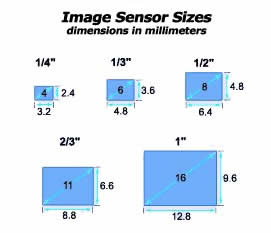


C Mounts Cs Mounts And Image Sensors



2k Ip Starlight Dome Camera With Sony Starvis 5mp Sensor Wide Angle 2 8mm Lens Smart



Hikvision Ip Camera With Sensor 1 3 Scan Cmos Lens 2 8mm



Smartphone Camera Sensor Size List Vs Dslr And Mirrorless Camera Sensors Updated Regularly Techpinas


Complete Guide To Image Sensor Pixel Size Ephotozine



Equivalent Focal Length Vivotek


Re Sony 1 Sensor Focal Length Multiplier It S Still 2 7 Sony Cyber Shot Talk Forum Digital Photography Review


Products Image Sensor Consumer Camera Products Sony Semiconductor Solutions Group



Camera Sensor Size Why Does It Matter And Exactly How Big Are They


Products Image Sensor Industry Products Sony Semiconductor Solutions Group



Understanding Crop Factor B H Explora



Lens Calculator And Selection Guide



Image Sensor Format Wikipedia



Equivalent Focal Length Vivotek
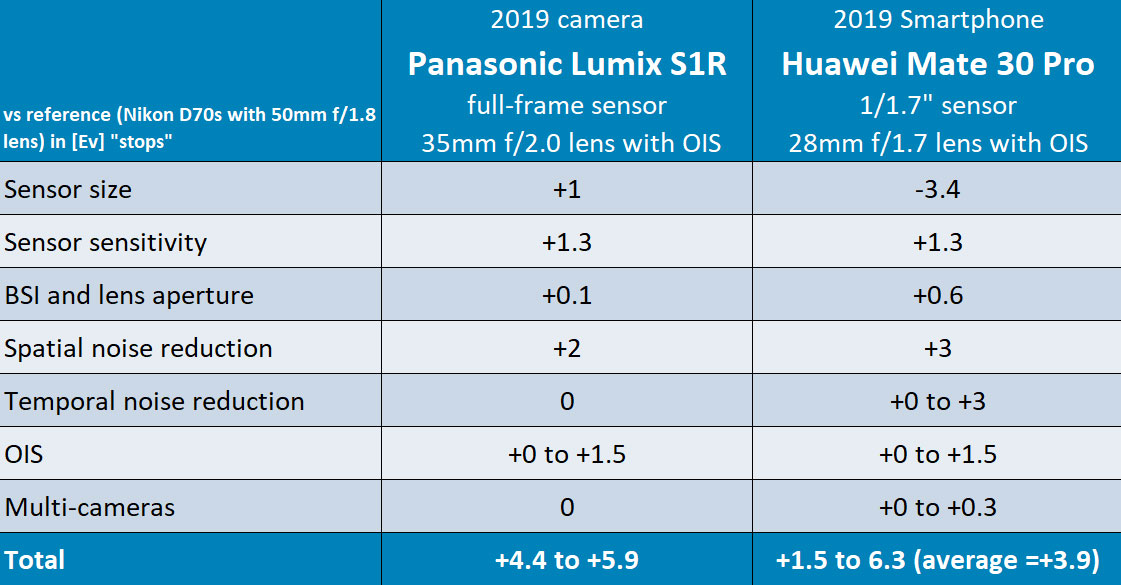


Smartphones Vs Cameras Closing The Gap On Image Quality



Sensor And Pixel Sizes


Complete Guide To Image Sensor Pixel Size Ephotozine
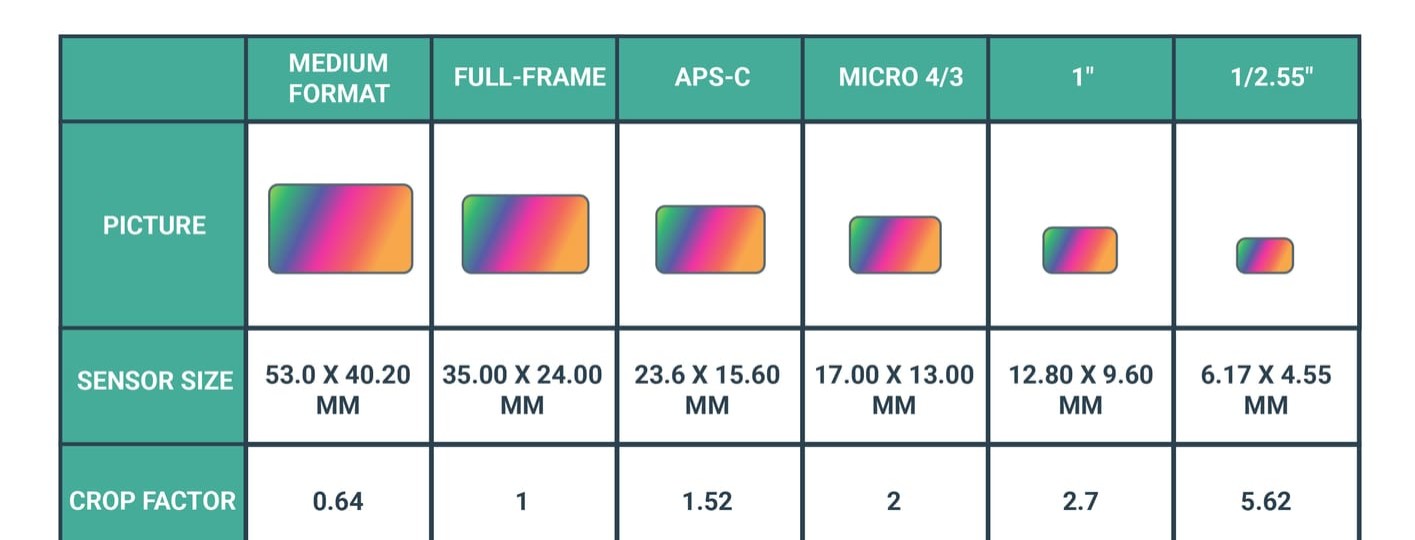


Camera Sensor Size In Photography Why It Matters



6 Benefits Of Using Cameras With Larger Sensors
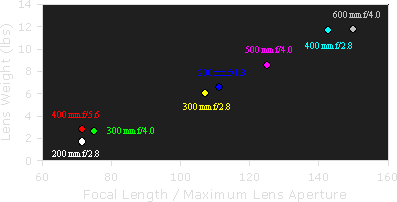


Digital Camera Sensor Sizes How It Influences Your Photography



Sensors Today The Digital Sensor A Guide To Understanding Digital Cameras



Depth Of Field Part Iii The Myths B H Explora



Sony Xcd Mv6 1 3 Monochrome Wvga 752 H X 480 V 60 Fps Ultra Compact Progressive Scan Firewire B Camera Rma Electronics Inc



Easy Question What Is The Size In Mm Of A 1 3 Sensor
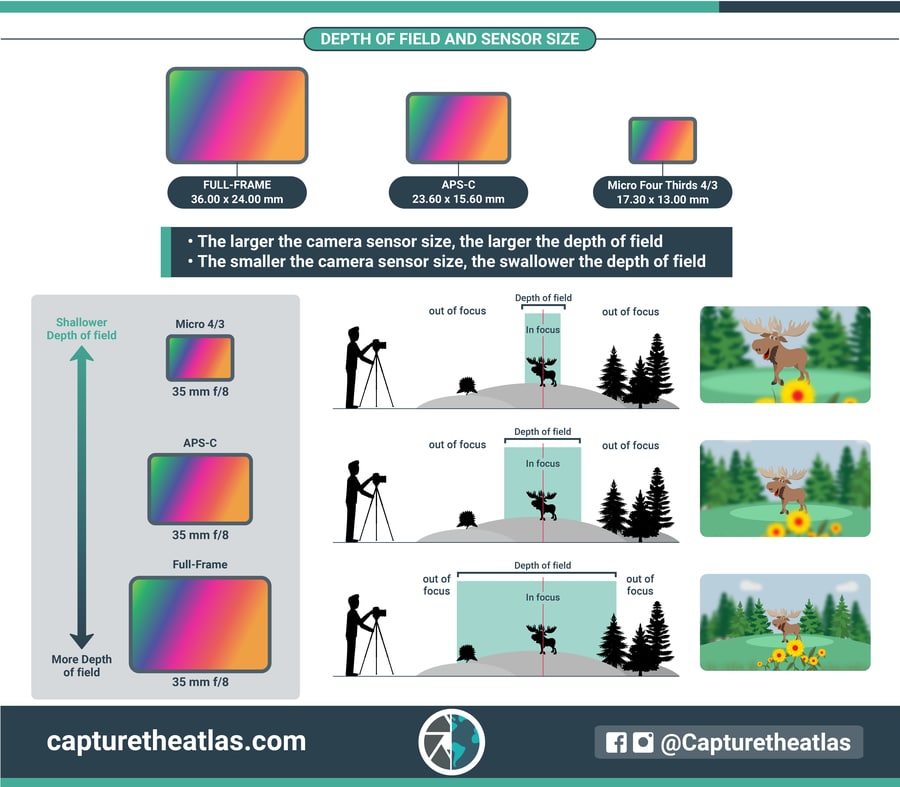


Camera Sensor Size In Photography Why It Matters
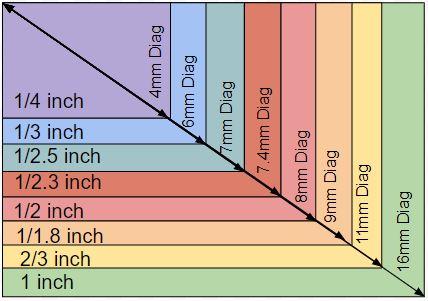


Image Sensor Specifications



Specs For 3 Camera Fairphone 3 Fairphone Community Forum
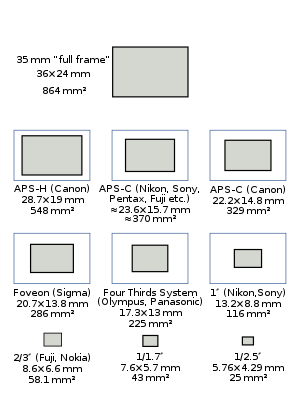


Image Sensor Format Wikipedia



Sensor Size And Crop Factor Explained With Sample Photos Ephotozine
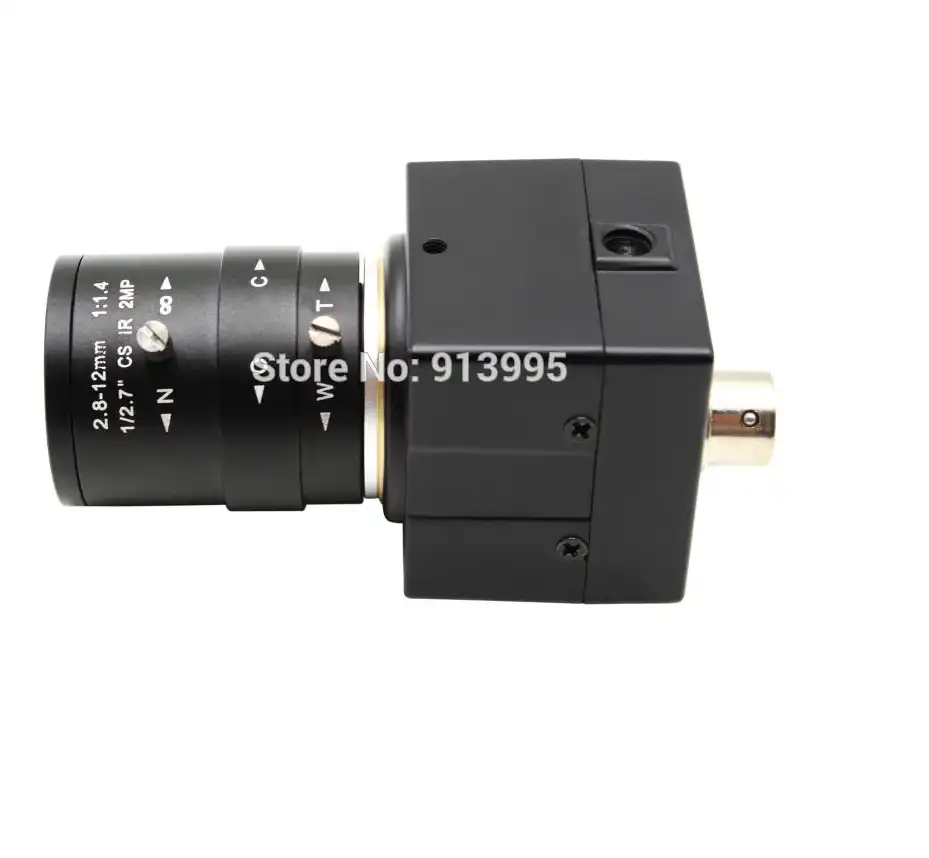


960p Ar0130 1 3 Cmos Sensor 0 01lux Low Illumination Mini Usb Camera Hd With 2 8 12mm Varifocal Lens For Astronomy Endoscope Cmos Sensor Mini Usb Cameralow Illumination Aliexpress



Faq What Are The Different Camera Sensor Sizes Adorama


Image Quality Sensor And Pixel Sizes



10 Image Sensors To Consider For Your Next Industrial Medical Or Smartphone Design Electronic Products



Camera Sensor Size Why Does It Matter And Exactly How Big Are They



Lens Calculator Lucid Vision Labs
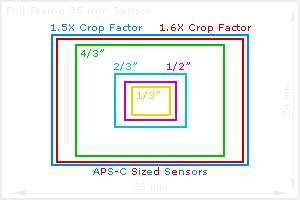


Digital Camera Sensor Sizes How It Influences Your Photography



Camera Sensor Sizes Cmos Chart Comps Faq Aps C Full Frame



Crop Factor Wikipedia



Ccd Size Page 1 Line 17qq Com



6 Benefits Of Using Cameras With Larger Sensors


Products Image Sensor Security Products Sony Semiconductor Solutions Group



Asi290mm Mini Mono Zwo Asi



What Is A Lens Optical Format And Its Relationship To Industrial Cameras
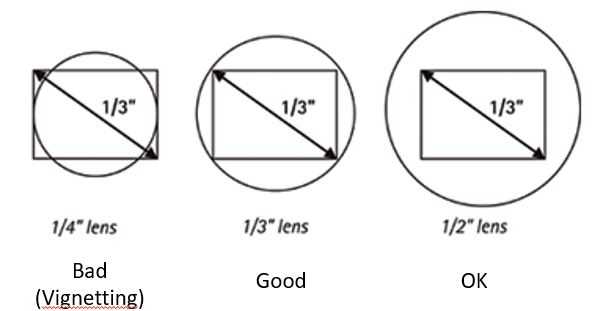


What Is A Lens Optical Format And Its Relationship To Industrial Cameras
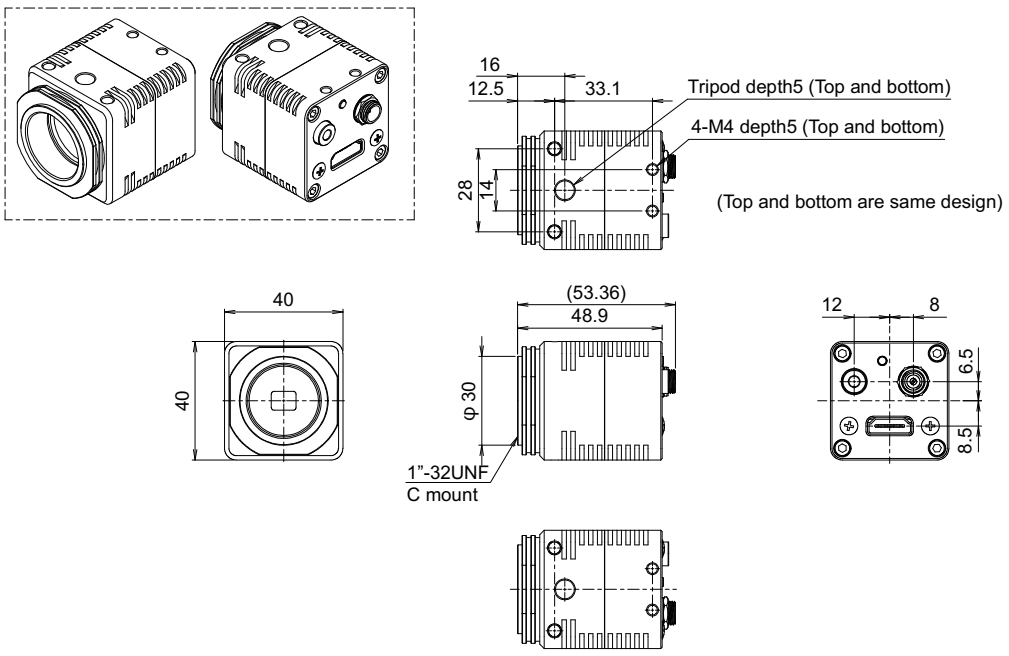


Dvi Sdi Omron Sentech Co Ltd Omron Sentech
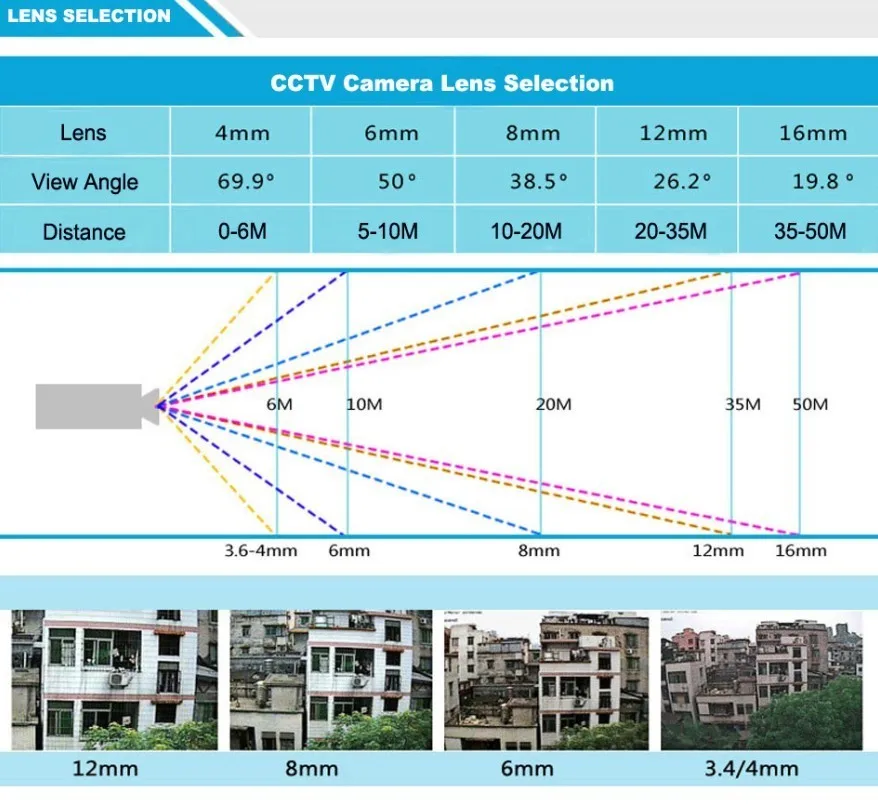


Smar Cctv Ahd Camera 4mp Security Hd Camera 1 3 Cmos 18pcs Nano Ir Led Night Vision Indoor Surveillance Video Camera 3 6mm Lens Lens 3 6mm Lens Ledlens Ir Aliexpress



Imaging Electronics 101 Understanding Camera Sensors For Machine Vision Applications
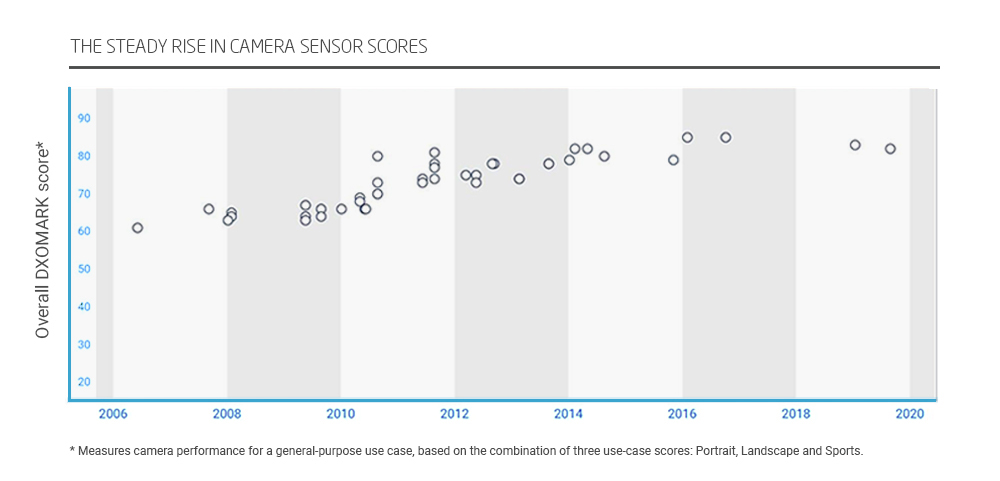


Smartphones Vs Cameras Closing The Gap On Image Quality



Image Sensor Format Wikipedia



Camera Sensor Size Why Does It Matter And Exactly How Big Are They
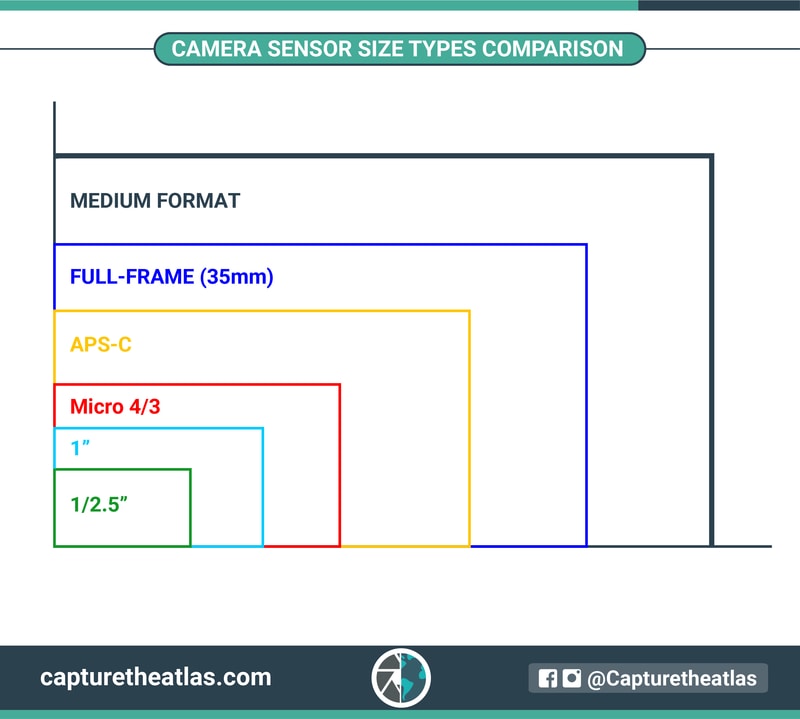


Camera Sensor Size In Photography Why It Matters



Four Thirds System Wikipedia
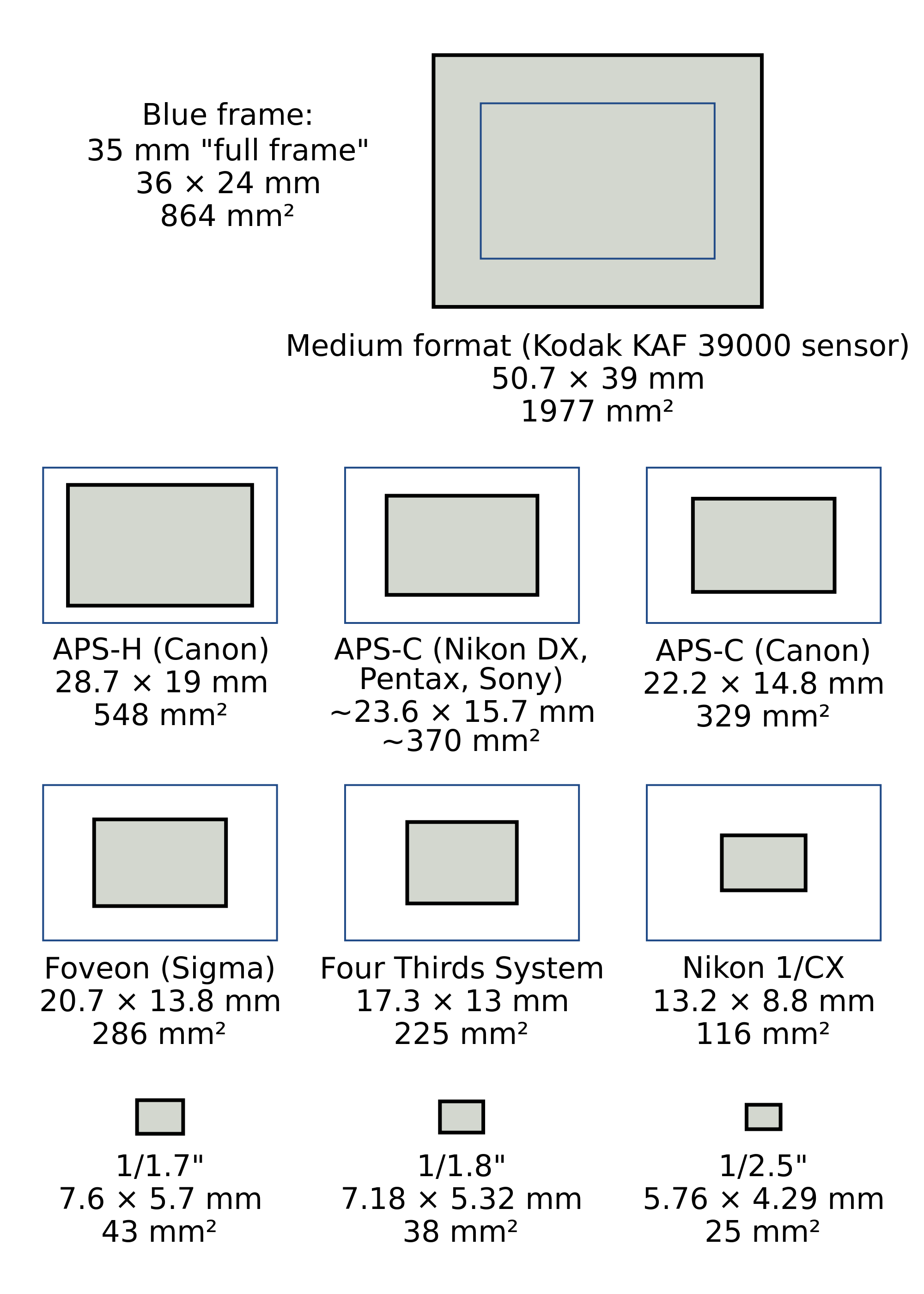


Demystifying Digital Camera Sensors Once And For All Techhive



Smartphones Vs Cameras Closing The Gap On Image Quality


Naotech Product List Ppt Download



Sensor Size And Filmmaking Choosing The Right Camera For Your Project



Asi290mm Mono Zwo Asi



How To Understand Camera Sensor Size And Why It Matters


Sensor And Pixel Sizes



1 2 3 Sensor Vs 1 Inch Sensor Size Difference Canon Powershot Talk Forum Digital Photography Review


Complete Guide To Image Sensor Pixel Size Ephotozine
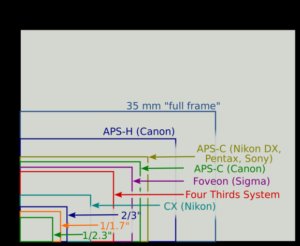


Demystifying Digital Camera Sensors Once And For All Techhive
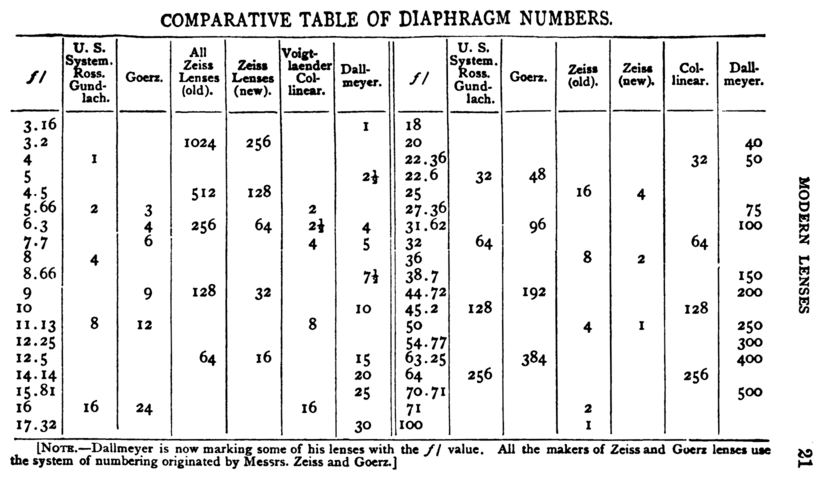


F Number Wikipedia



1 4 Exmor R Cmos Sensor Or 1 3 Exmor R Cmos Sensor Open Talk Forum Digital Photography Review


Technology Image Sensor Security Products Sony Semiconductor Solutions Group
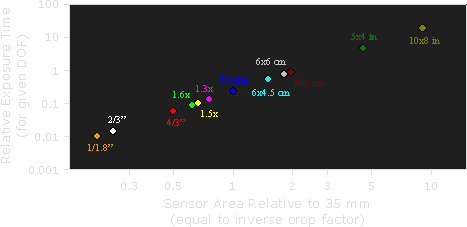


Digital Camera Sensor Sizes How It Influences Your Photography



New 1 Inch Sensor Camcorders Are They The Latest Craze B H Explora



Sony Exmor And Exmor R Cmos Camera Sensors Explained Youtube
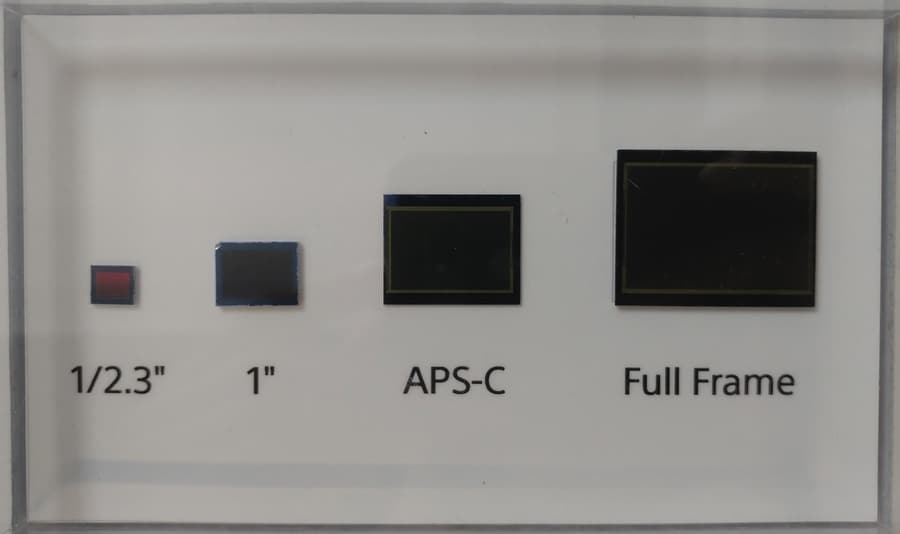


Camera Sensor Size In Photography Why It Matters



Amazon Com Vanxse Cctv Mini Hd 1 3 Ccd 960h Auto Iris 1000tvl 2 8 12mm Varifocal Lens Bullet Box Security Camera Surveillance Camera Camera Photo
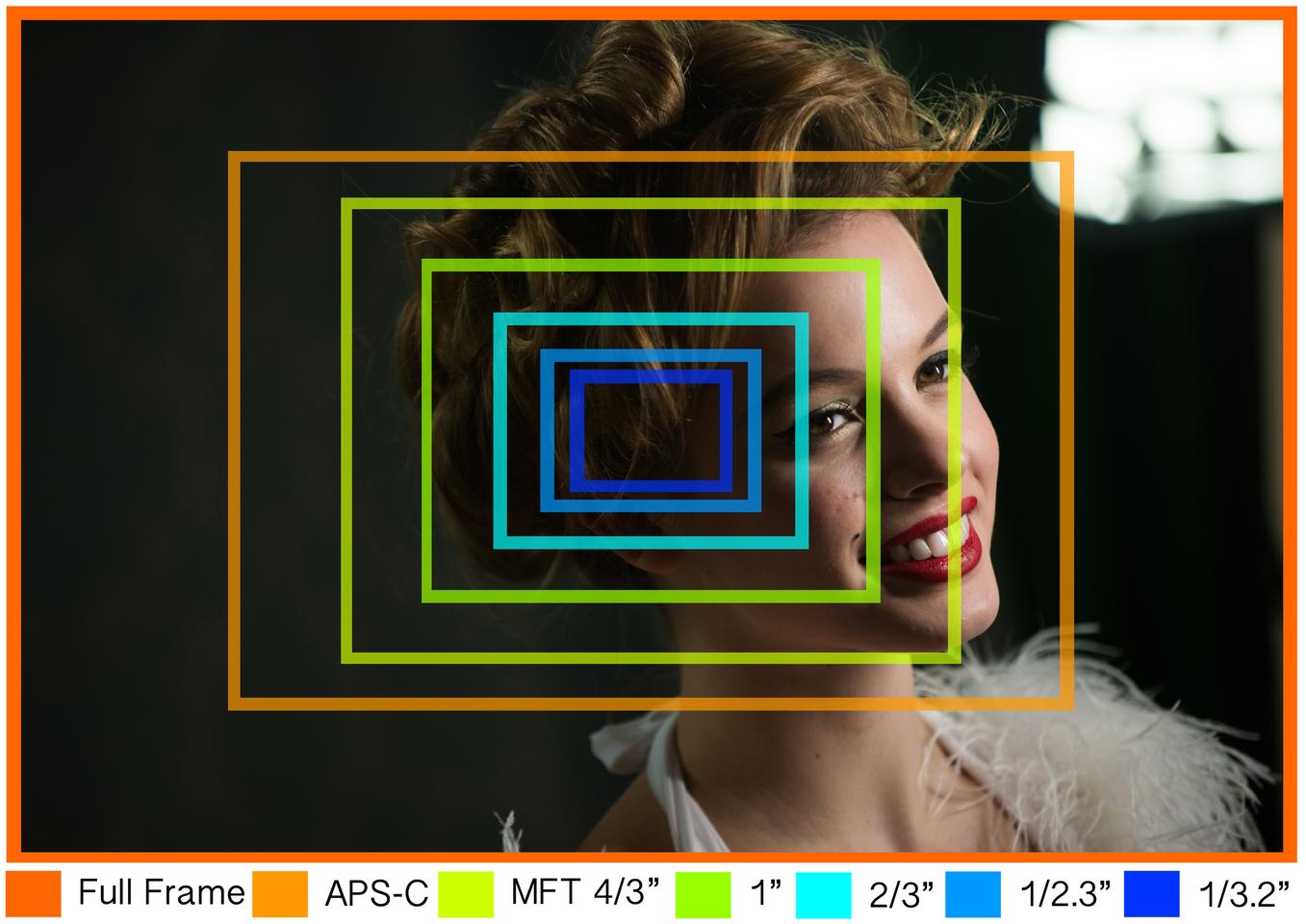


Camera Sensor Size Why Does It Matter And Exactly How Big Are They
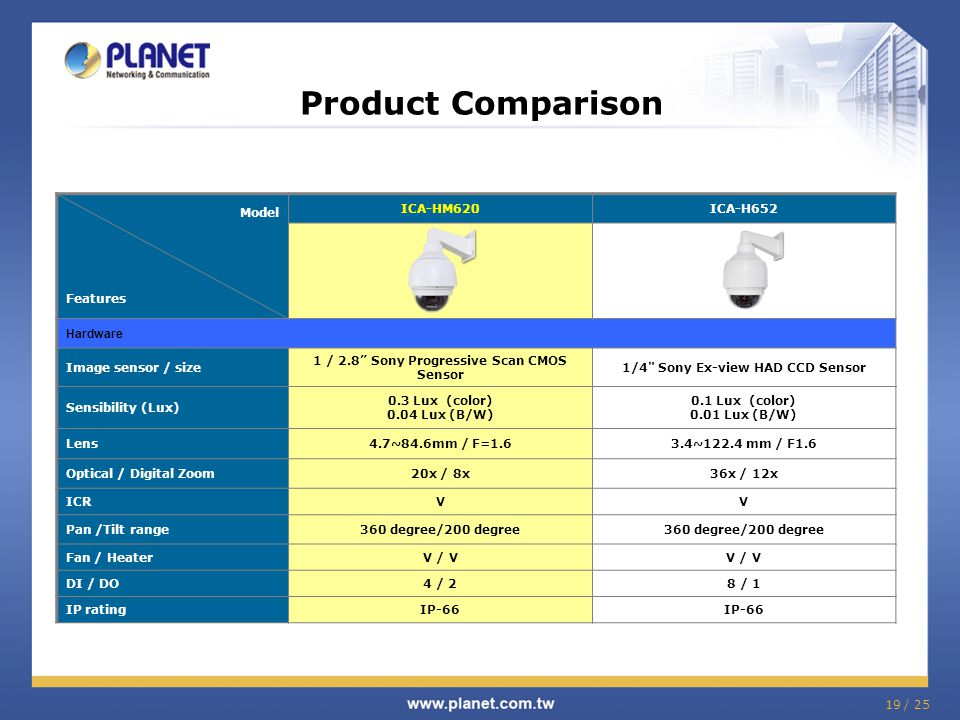


2 Mega Pixel Poe Plus Speed Dome Internet Camera Ppt Download
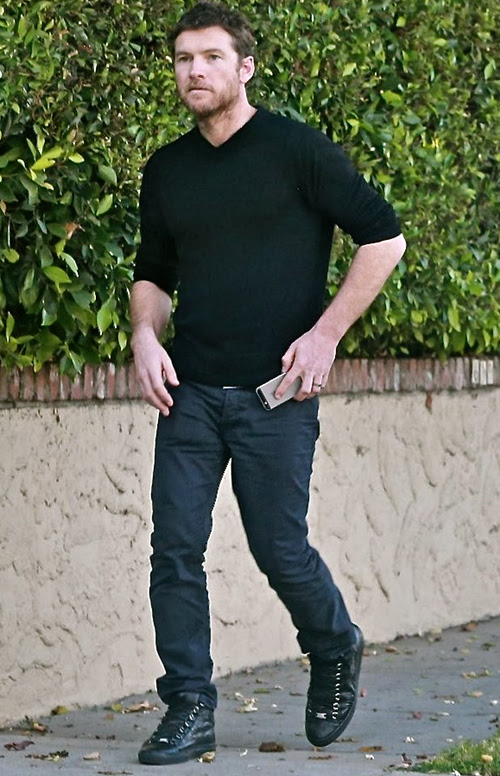


コメント
コメントを投稿